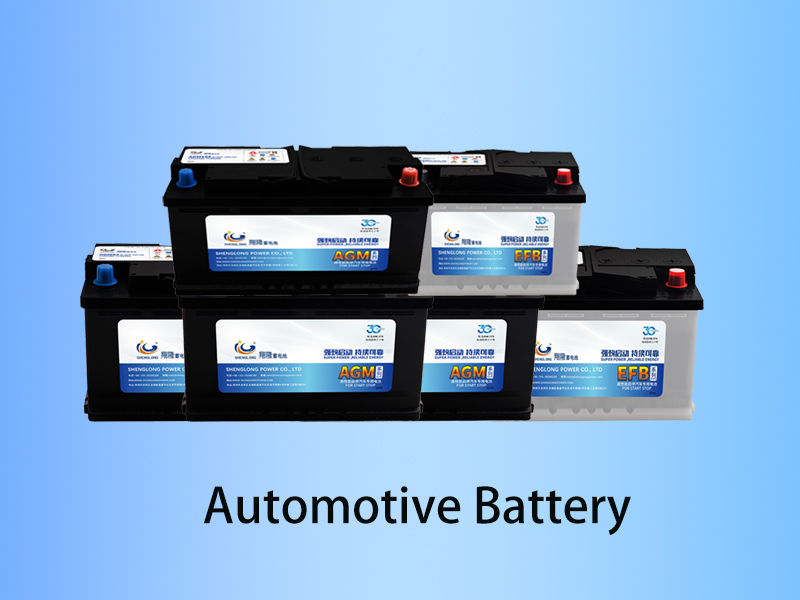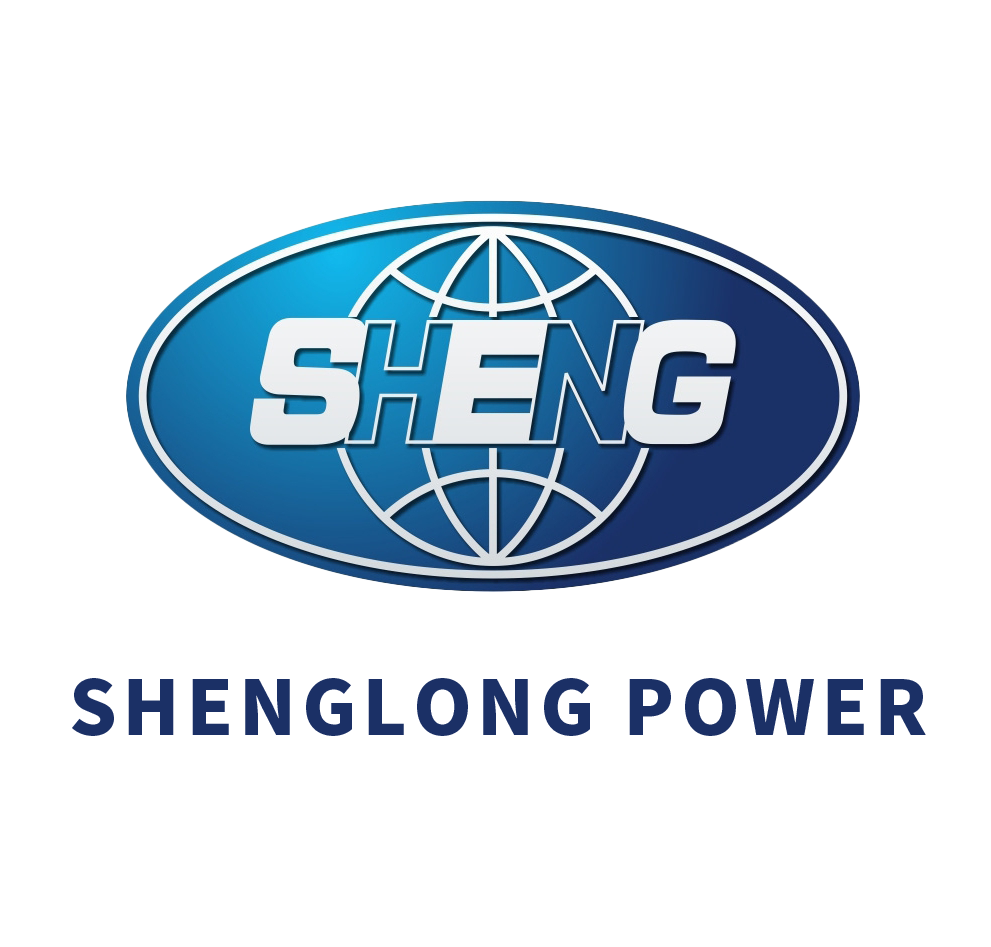With the widespread adoption of automotive energy – saving technologies, the start – stop system has become an essential configuration in modern vehicles, significantly reducing fuel consumption and emissions. At the heart of this system are two types of start – stop batteries, EFB (Enhanced Flooded Battery) and AGM (Absorbent Glass Mat), which dominate the market with their unique technical advantages. This article delves into their technical principles, explores the optimal installation locations, and reveals the mysteries behind these two types of car start – stop batteries.
Technical Advantages of EFB Start Stop Battery
The EFB, or Enhanced Flooded Battery, represents an upgrade from traditional battery technology. By optimizing the formula of the active materials, EFB batteries have significantly enhanced their deep – cycle performance. They are like professional athletes, capable of maintaining excellent performance under the high – intensity work of frequent engine starts and stops. The internal electrode groups of EFB batteries adopt a high – strength assembly process, which not only effectively extends the battery life but also provides excellent shock resistance. This allows them to withstand the vibrations and jolts during vehicle operation, preventing the active materials from shedding. Statistics show that the deep – cycle life of EFB batteries can reach more than twice that of ordinary batteries, and their charge acceptance is also greatly improved.
EFB flooded batteries feature high – temperature resistance and maintainability. The built – in filling holes make routine maintenance convenient. As a result, they are well – suited for installation near the engine compartment, where temperatures are relatively high. EFB batteries are widely used in Japanese cars and have won the trust of many vehicle owners.

Innovative Breakthroughs of AGM Start Stop Battery
AGM, the Absorbent Glass Mat technology, is an innovative achievement in the battery field. AGM batteries adopt a starved – electrolyte design, where the plates are not fully immersed in the electrolyte. Instead, most of the electrolyte is absorbed in the porous glass fiber separator. Meanwhile, a tight assembly technique is applied to ensure that the separator retains some voids, allowing the battery to “breathe” more smoothly.
This unique design enables AGM batteries to achieve a deep – cycle life three times that of ordinary batteries, significantly extending their overall service life. However, AGM starved – electrolyte batteries are sensitive to temperature, and high – temperature environments can affect their performance. Therefore, they are more suitable for installation in areas with relatively stable temperatures, such as under the seats or in the trunk. AGM start – stop batteries are highly favored in high – end models in the European and American markets.
Comprehensive Comparison between EFB and AGM
Structural Differences: EFB is a flooded battery with an ample supply of electrolyte, while AGM uses a starved – electrolyte design, with the electrolyte adsorbed in the glass fiber separator. These different internal structures determine their distinct performance characteristics.
Installation Positions: Thanks to its high – temperature resistance, EFB is usually installed near the engine compartment. In contrast, due to its temperature sensitivity, AGM is often placed in the trunk or other normal – temperature areas. Each type has its own “comfort zone” for installation.
Performance Comparison: AGM excels in energy – saving and environmental protection, capable of saving 5 – 10% of fuel and reducing 10 – 20% of carbon dioxide emissions. On the other hand, EFB has an edge in temperature adaptability, able to operate stably in a wider temperature range.
Automaker Preferences: German and American automakers tend to adopt AGM technology to pursue high – efficiency energy – saving, while Japanese automakers rely more on the reliability and durability of EFB. Different automotive manufacturing concepts lead to these diverse technical choices.
How to Select the Right Car Start – Stop Battery
When choosing a start – stop battery, vehicle owners should consider the vehicle type and usage scenarios. If you drive a Japanese car and often encounter traffic jams in urban areas, an EFB start – stop battery would be a good choice. For high – end European and American models aiming for maximum energy – saving effects, an AGM battery is undoubtedly the best option. Of course, when replacing the battery, it is recommended to refer to the vehicle’s user manual or consult professional maintenance personnel to ensure a perfect fit for your vehicle. 12V AGM car batteries, as a common type in the AGM start – stop battery series, are widely used in various vehicle models. Understanding the differences between EFB and AGM can help you make a more informed decision when it comes to maintaining and upgrading your car’s battery system.
